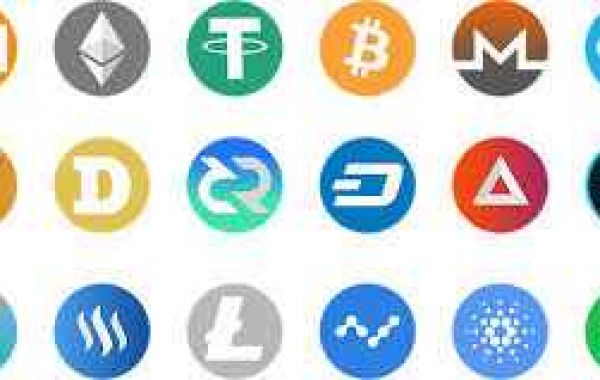Cryptocurrencies, those virtual currencies like Bitcoin and others, are released to the market in carefully controlled quantities, usually on a decreasing scale over time. The first people to have access to the Bitcoin or Altcoin (a general term for any cryptocurrency that isn't Bitcoin) are the miners whose computers are hard at work managing the digital paper trail of the coins and their transactions, which are then rewarded in the form of a fixed amount of the cryptocurrency they are mining. A "halving" is the scheduled reduction of this reward by, you guessed it, half.
Why does halving happen?
As we said, various types of cryptocurrencies are generally released on a gradually decreasing scale, and a periodic halving of the reward for miners is where the decrease occurs. The scheduled decreasing quantities released is deliberate and known as a deflationary scale. Essentially it creates scarcity, which in theory will cause the value of Bitcoin or an Altcoin to increase over time compared to the US dollar or other major currencies, which are not governed by supply and demand economics. Bitcoin and Altcoin investors hope that demand for these cryptocurrencies will increase precisely as supply decreases, driving up the cryptocurrencies' price and giving them a very profitable investment.
What does halving mean for Bitcoin investors?
If one goes by simple principles of supply and demand along with a little investor psychology, you would expect the price of Bitcoin to rise after a halving, when investors suddenly become aware of the scarcity of the commodity and rush to buy-in. This certainly proved right for Bitcoin in the period surrounding its first and only halving to date (Bitcoin rewards are split approximately every four years). The last Bitcoin halving occurred in December of 2012. Here is a chart showing the prices in USD of the Bitcoin in the period leading up to the halving and following it:
As you can see, one month after the halving, the price of Bitcoin was up 10x (1000%), and within a year, it was up 100x.
What about Altcoins?
The thing about supply and demand is that you have to have a need. A lot (indeed, the vast majority) of Altcoins haven't established themselves as a legitimate currency/commodity/investment product the way Bitcoin has, and contrived scarcity isn't likely to make people rush out and buy something they didn't want in the first place.
There was a lot of talk leading up to the August 25 halving of Litecoin, Bitcoin's #1 competition, about whether the days right before the halving were the perfect time to invest in Litecoin. Of course, everyone who did so hoped that Litecoin would follow the same pattern as Bitcoin did. Let's take a look at what happened around the time of the most recent Litecoin halving:
As you can see, nothing exciting happened one month or even three months after the Litecoin halving occurred. There was a slight uptick in late October, but for the moment, it's hard to draw a connection between that increase and the halving that took place in August.







